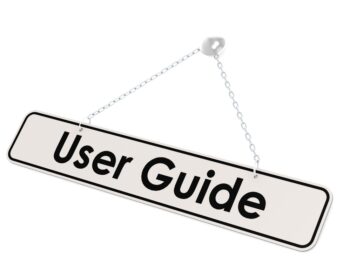When you review the workers’ compensation adjuster’s file notes, what should you expect to see? [You do have access to your adjuster’s electronic file notes, right? If not, it should be a condition of claim handling agreement with your third party administrator (TPA) or insurer.] A properly documented file answer all your questions and concerns about the claim.
Properly Documented File Notes
Coverage: Addressed as the first step in every claim. File notes contain:
1. The policy number
2. The policy period
3. The states covered by the policy
4. Endorsements to the policy
5. Exclusions from the policy
If there is any coverage question, it should be addressed immediately before the adjuster proceeds with the contacts and with the investigation.
Click Link to Access Free PDF Download
“8 ‘Think Outside the Box’ Tactics to Settle Workers’ Comp Claims”
Contacts: Prompt contact with all parties should be initiated the same day the claim is received or within 24 hours if not the same day. Contacts include:
1. The employee
2. The employer
3. Any witnesses on any questionable claim
4. The medical provider(s)
Initial Investigation: When the work comp adjuster makes the contacts needed, the file notes reflect:
1. The accident details as stated by the employee in the recorded statement, the employer’s version of the accident and any witnesses’ version of the accident
2. Index Bureau information and any history of prior insurance claims
3. The potential for subrogation
4. The current disability status of the employee and the projected return to work date
5. Description of the employee’s job title, job duties, equipment utilized, etc.
6. Length of time the employee has worked for the employer
7. The availability of modified duty for the employee not yet back to work
8. Information on the nature of the injury, the treatment plan and the prognosis
9. Information on the employee’s attitude toward the employer, returning to work, the quality of the medical treatment
10. The explanation of benefits provided to the employee and the action plan information provided to the employee
11. If there is an attorney representing the claimant, obtain the letter of representation
Claim Resolution Documentation: Documentation the adjuster needs to obtain to move the claim forward toward a resolution includes:
1. Employer’s First Report
2. The recorded statements of the employee, the employer (if needed) and any witnesses (if needed)
3. A medical authorization in those states that require one for work comp
4. A wage statement from the employer covering the state required calculation period
5. Current medical records
6. Past medical records on employees with prior insurance claims
7. Index Bureau filing
8. All required state forms or filings
9. Police reports, EMS reports, OSHA reports, other governmental reports on an accident
10. Independent medical evaluations (IME) or peer review
11. Vocational and rehabilitation reports
12. Subrogation documentation
13. Second injury fund correspondence and/or documentation
14. Correspondence to/from employee’s attorney
15. Correspondence to/from defense counsel
16. Workers’ Compensation Board/Industrial Commission correspondence
17. File notes on every telephone call, e-mail or any other activity related to the file
Evaluation/Settlement: The adjuster’s file notes also contain the information on the adjuster’s efforts to resolve the claim including:
1. The adjuster’s evaluation of compensability
2. The exposure or value of the claim and how it was calculated
3. A synopsis of any legal questions and the efforts to resolve those questions
4. The disability rating or the potential disability rating
5. The jurisdiction and the impact the jurisdiction will have on the claim
6. The Action Plan to bring the claim to a conclusion
7. A history of the settlement negotiations
Summary: The adjuster’s file notes reflect the main details of all file documentation received either by postal mail or electronic mail. (workersxzcompxzkit) The file documentation itself, whether maintained in the computer or by paper, must be complete and answer any questions you have about the file.
Author Robert Elliott, executive vice president, Amaxx Risks Solutions, Inc. has worked successfully for 20 years with many industries to reduce Workers’ Compensation costs, including airlines, health care, manufacturing, printing/publishing, pharmaceuticals, retail, hospitality and manufacturing. He can be contacted at: Robert_Elliott@ReduceYourWorkersComp.com or 860-553-6604.
Podcast/Webcast: How To Prevent Fraudulent Workers’ Compensation Claims
http://www.workerscompkit.com/gallagher/podcast/Fraudulent_Workers_Compensation_Claims/index.php
TD Calculator: www.ReduceYourWorkersComp.com/transitional-duty-cost-calculator.php
WC Calculator: http://www.reduceyourworkerscomp.com/calculator.php
Do not use this information without independent verification. All state laws vary. You should consult with your insurance broker or agent about workers’ comp issues.
©2009 Amaxx Risk Solutions, Inc. All rights reserved under International Copyright Law.














